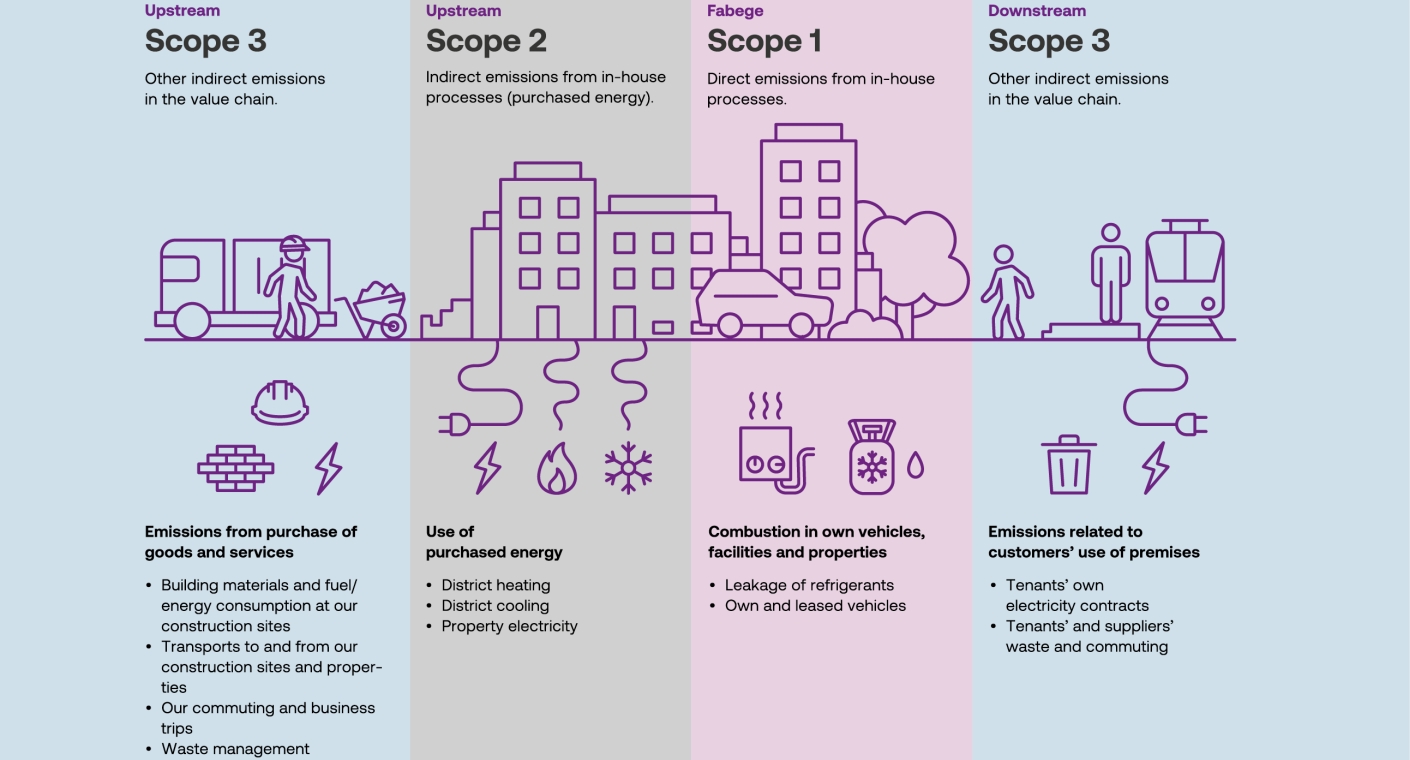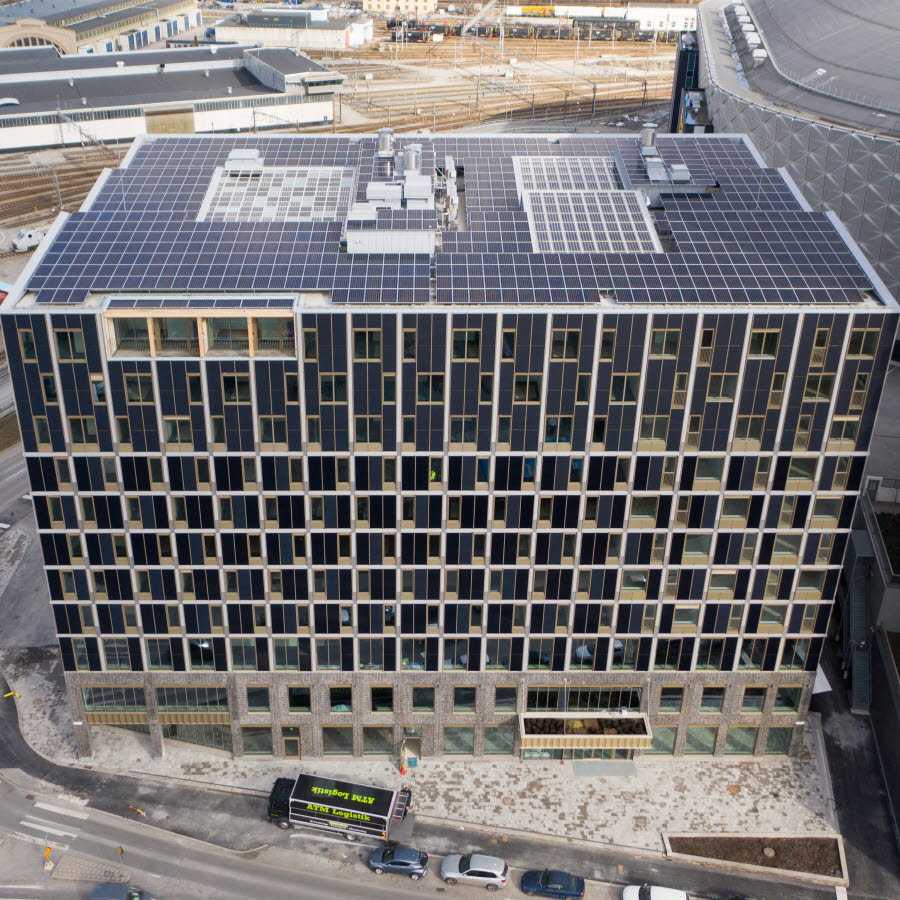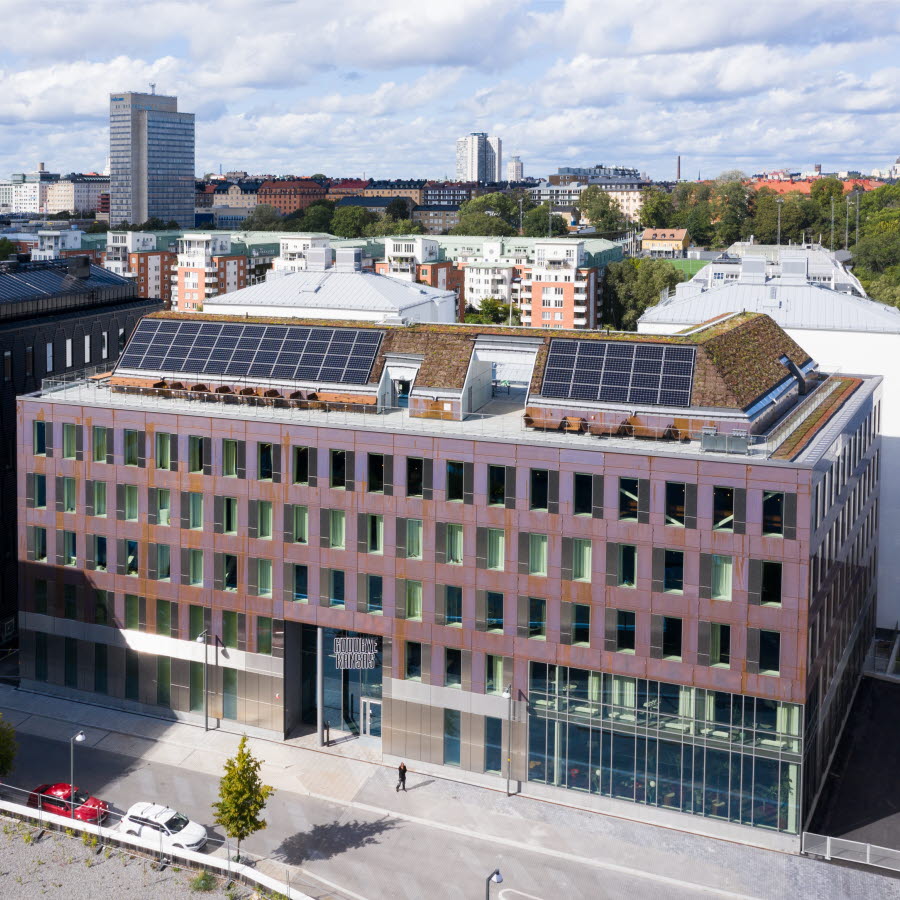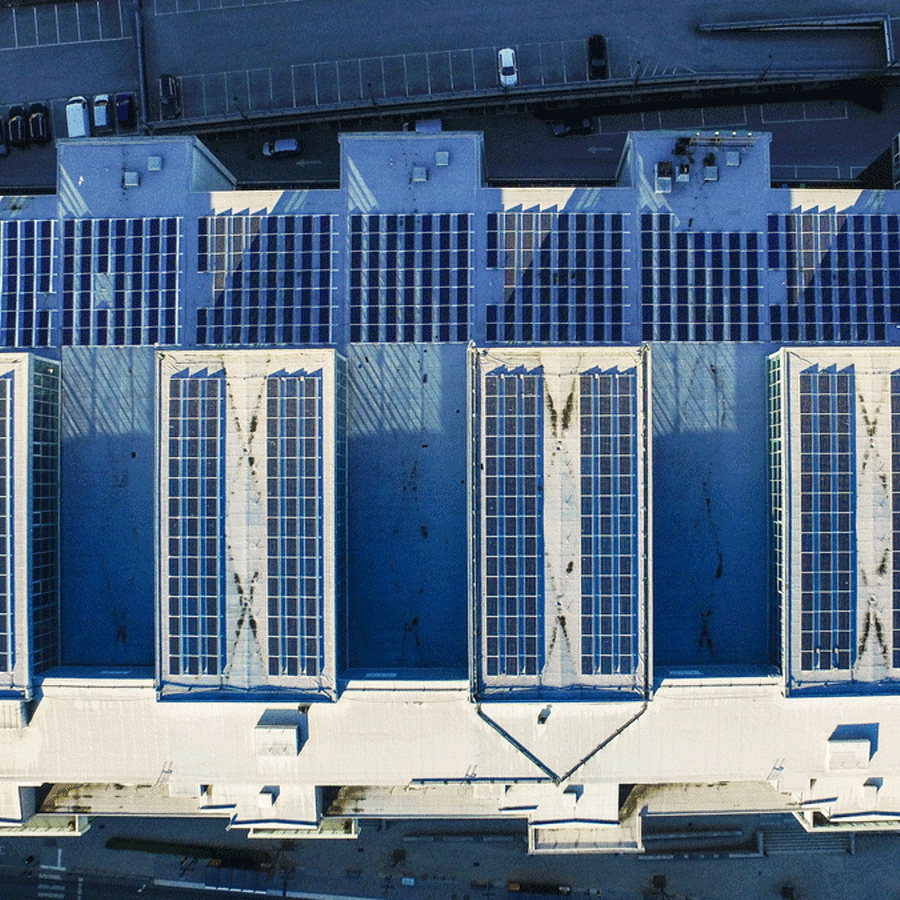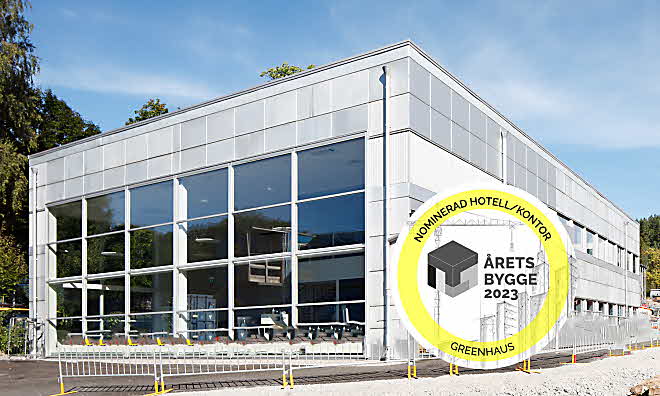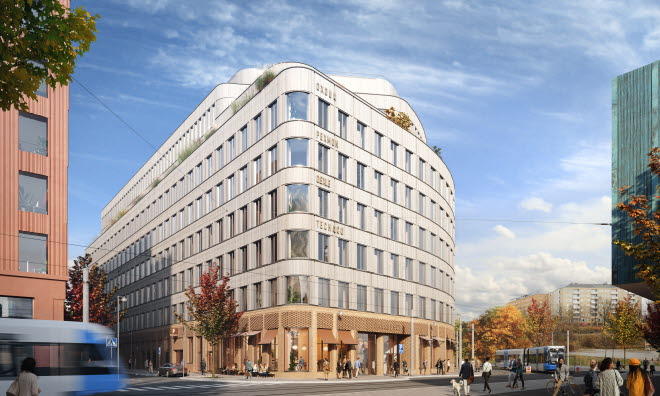Objective: climate neutrality
 To support the company’s desire to adjust operations to help achieve the 1.5-degree target according to the Paris Agreement, in 2019 we linked up with the Science Based Targets initiative (SBTi) and agreed on a climate goal, according to the framework of that time, which was also validated. The SBTi goal is to halve Scope 1 and 2 emissions by 2030 at the latest, with a base year of 2018, and a commitment to measure and reduce our Scope 3 emissions. ut our ambitious climate goal extends beyond this to include a commitment to cut Scope 3 emissions per GFA by half. The ultimate goal is for our property management to be carbon neutral by the year 2030. This means reducing Scope 1 and 2 emissions by at least 90 per cent. To achieve this we need to be in control of all emissions associated with our operations. In addition, our negative climate and environmental impact must be minimised. Achieving carbon neutrality in existing buildings now requires cooperation with energy suppliers, which in 2023 accounted for all Scope 1 and 2 emissions.
To support the company’s desire to adjust operations to help achieve the 1.5-degree target according to the Paris Agreement, in 2019 we linked up with the Science Based Targets initiative (SBTi) and agreed on a climate goal, according to the framework of that time, which was also validated. The SBTi goal is to halve Scope 1 and 2 emissions by 2030 at the latest, with a base year of 2018, and a commitment to measure and reduce our Scope 3 emissions. ut our ambitious climate goal extends beyond this to include a commitment to cut Scope 3 emissions per GFA by half. The ultimate goal is for our property management to be carbon neutral by the year 2030. This means reducing Scope 1 and 2 emissions by at least 90 per cent. To achieve this we need to be in control of all emissions associated with our operations. In addition, our negative climate and environmental impact must be minimised. Achieving carbon neutrality in existing buildings now requires cooperation with energy suppliers, which in 2023 accounted for all Scope 1 and 2 emissions.
Our carbon dioxide emissions (Scopes 1 and 2), have declined by around 96 per cent since 2002, from roughly 40,000 to approximately 1,711 tonnes, excluding carbon offset from district heating suppliers. We have signed an agreement with Stockholm Exergi for the capture of biogenic carbon dioxide called bio-CCS and future purchase of negative emissions to reduce our carbon footprint going forward. The main challenge in energy supply is the availability of renewable fuels and the security of electricity supply with the expansion of the power grid to increase capacity.
One interim goal is to invest in solar panels every year corresponding to at least 320 MWh in new and existing properties, and by 2030 the aim is for our solar panels to produce 2.5 kWh/sqm Atemp annually. For new builds, the goal is double that: 5.0 kWh/sqm, and solar panels are always included in the planning stage for new properties. The result for 2023 of 1.7 kWh/sqm Atemp shows that we are well on our way to achieving our goal.
Our good energy performance results have been achieved through systematic energy work with a strong focus on building working practices and expertise within the organisation. We have also made our energy solutions more efficient through the development of building automation and digitalisation, improved cooling and heat recovery, power-saving measures and building shell measures. We work proactively according to our refrigerant policy, which involves choosing refrigerants with the lowest possible carbon footprint and minimising leakage from existing machines.
Since 1 January 2022, all new construction projects are required by law to draw up a climate declaration. Fabege’s guideline for CO2 calculation is more ambitious than the legal requirement and includes more building components and life cycle stages, as well as refurbishments over SEK 20m. We perform climate calculations using the Plant tool for both large and small-scale projects. Plant has also developed modules to make simpler calculations of tenant customisations and simplified calculations at an early stage, which we believe can be of great help in starting calculations early and bringing tenants on board in efforts to reduce the CO2 footprint.

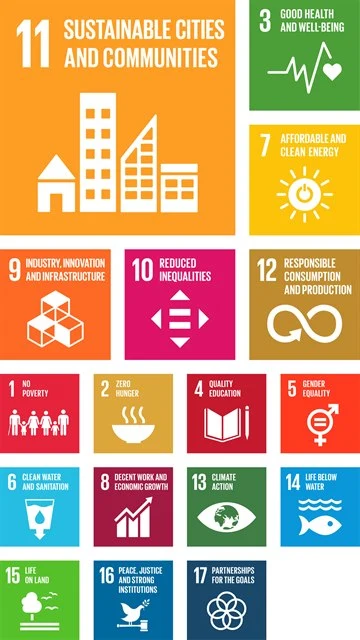 We can see strong synergies between the goals, which is why we are placing greater emphasis on the areas that present the most significant challenges to our business, namely:
We can see strong synergies between the goals, which is why we are placing greater emphasis on the areas that present the most significant challenges to our business, namely:


 To support the company’s desire to adjust operations to help achieve the 1.5-degree target according to the Paris Agreement, in 2019 we linked up with the
To support the company’s desire to adjust operations to help achieve the 1.5-degree target according to the Paris Agreement, in 2019 we linked up with the 